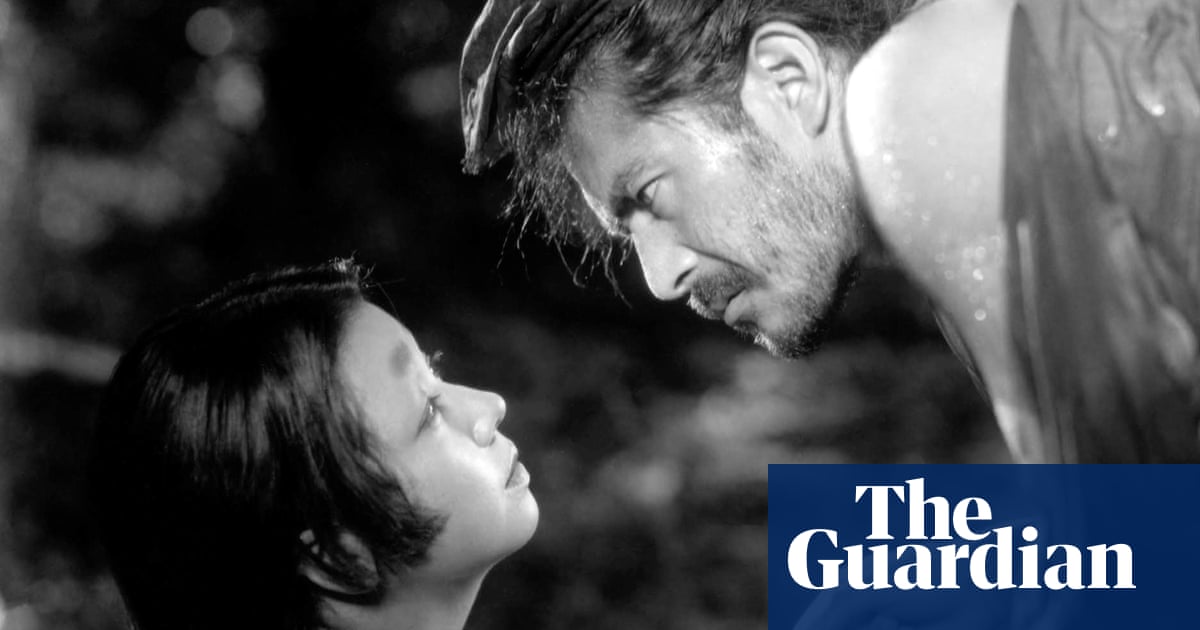
Most of us have heard variations of the common wisdom that, when it comes to two conflicting accounts, the truth is usually located somewhere in the middle. But what about three or four accounts, all starkly different? Can the truth ever really be found? No film has explored the unattainability of objective truth as brilliantly and memorably as Rashomon, the hugely influential 1950 classic directed by the great Japanese auteur Akira Kurosawa.
Set in Kyōto circa the 12th century, the film famously contains four separate accounts of the same incident, narrated by four different characters whose wildly contradictory stories agree only on the most basic fact: a samurai has been killed.
The point isn’t to ascertain what happened; Rashomon is not a murder mystery. Rather, to accept the aforementioned unattainability of absolute truth: a cynical view that Kurosawa counters with a moralistic ending, in which one character pledges to take care of an abandoned baby and thus restores some faith in humanity.
But Rashomon is so unsettling that this moment barely offers a reprieve. Watching the film when it first arrived 70-odd years ago must have felt revolutionary. Characters lied through dialogue; in Rashomon it was the very form of the motion picture that hid the truth. This central concept became so influential that “the Rashomon effect” was coined to describe how a single event can be interpreted in a variety of ways, and inspired countless productions that came after.
Elements of film, such as cinematography and production design, had previously been used to illustrate states of mind: like the still-gobsmacking German classic The Cabinet of Dr Caligari, which tells the story of a sick and dangerously delusional mind using crooked, surrealistic sets, literally bent out of shape. But Rashomon was different; it wasn’t steeped in carnivalesque horror or based on a different plane of consciousness. Although it is fair to say the film exists more in the mind than any actual geographic setting, despite some strikingly memorable physical locations, including a dilapidated city gate where the narrative begins.
Throughout his career Kurosawa spectacularly exploited the relationship between weather and atmosphere: the fog in Throne of Blood, the wind in Ran, and rain in Seven Samurai. In Rashomon it’s also pelting down, the film opening with a shot of a rain-deluged sign spelling out the titular location, a thoroughfare that’s both indoors and outdoors, implying a partially completed journey or perhaps even a kind of half-reality. There we meet two men – the Woodcutter (Takashi Shimura) and the Priest (Minoru Chiaki) – who are joined by a third, the Commoner (Kichijiro Ueda).
The Woodcutter is troubled, explaining to the Commoner that he recently found the body of a slain samurai in the woods and alerted authorities. The film then jumps back in time, Kurosawa’s cameras following him through the forest in an excitingly restless style with shots moving beside, in front and behind the Woodcutter, some even illustrating his point-of-view.
Three key people appear before a court to deliver conflicting testimonies: the Bandit (Toshiro Mifune), who says he killed the samurai in a sword fight; the Samurai’s Wife (Machiko Kyō), who says the bandit assaulted her before she accidentally killed her husband; and, weirdly, the dead samurai himself (Masayuki Mori), who testifies from beyond the grave via a medium to claim his wife betrayed him before he killed himself in shame. Weather is both a metaphor and a literal force: a mad breeze blows as the medium describes the samurai’s situation as being “like a wind that threatened to blow me into the depths of darknes”.
The underpinning concept has a curious effect on performances and the nature of the people being portrayed, Kurosawa raising more questions than he answers. Can they really be considered the same characters, if their actions and motivations are starkly different in each account? This allows (and in fact requires) the actors to reinvent themselves throughout the course of the runtime – which is just one aspect of Rashomon that makes it a still-electrifying experience to watch, all these years later. It is a truly daring and innovative work that burrows in your consciousness and never leaves.
Rashomon is streaming on Plex, Google Play, Ritz at Home and ACMI Cinema 3. For more recommendations of what to stream in Australia, click here
"still" - Google News
August 15, 2023 at 10:16PM
https://ift.tt/yFtwqWA
Rashomon: Akira Kurosawa’s truly daring film is still electrifying - The Guardian
"still" - Google News
https://ift.tt/hBtZerY
https://ift.tt/7M4sfJQ
Bagikan Berita Ini














0 Response to "Rashomon: Akira Kurosawa’s truly daring film is still electrifying - The Guardian"
Post a Comment